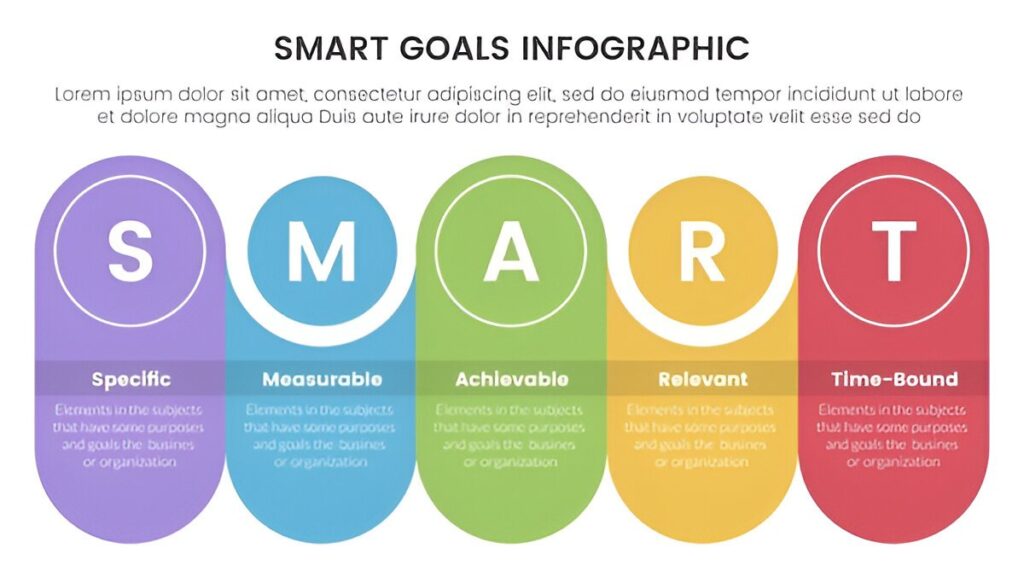How to Build a Personal Weight Loss Plan That Fits YOUR Life

For anyone embarking on a weight loss journey, one-size-fits-all plans can feel like trying to fit a square peg into a round hole. While structured diets and generic fitness routines might work for some, many find themselves grappling with plans that don’t align with their unique lifestyles, preferences, and goals.
That’s where personalization comes in. A well-tailored weight loss plan not only prioritizes your individual needs but also sets you up for long-term success. This blog will guide you on how to craft a personalized weight loss strategy that works for YOU. By the end, you’ll learn how to set realistic goals, choose activities you love, and adopt sustainable habits for lasting results.
Why Personalization is Essential in Weight Loss
Everybody is different, and so are the factors that influence weight loss—genetics, lifestyle, activity levels, and dietary preferences, to name a few. Dr. Michael Jensen, a leading expert in metabolism and obesity at the Mayo Clinic, emphasizes, “Weight management strategies need to respect individuality. No two journeys are alike, and sustainable solutions must consider personal needs.”

A personalized approach empowers you to:
Identify strategies that resonate with you.
Target specific barriers that prevent success.
Build a routine that integrates seamlessly into your daily life.
Instead of battling diets and fitness regimens that feel foreign or difficult, tailoring a plan ensures synergy between your goals and your lifestyle.
Step-by-Step Guide to Building a Personal Weight Loss Plan
1. Set Realistic Goals
Want to lose 20 pounds in a month? While appealing, such drastic goals can set you up for failure. Instead, aim for a steady and achievable weight loss goal of 1–2 pounds per week, as recommended by the CDC. Focus on setting SMART goals—Specific, Measurable, Achievable, Relevant, and Time-bound.

Actionable Tip
Write down both short-term and long-term goals. For example:
Short-term goal: Walk 10,000 steps a day for the next four weeks.
Long-term goal: Lose 15 pounds in the next three months.
2. Assess Your Current Lifestyle and Diet
Begin by analyzing your current habits. Are you consuming enough vegetables? How active are you during the day? Understanding where you stand helps identify areas for improvement.
Actionable Tip
Use a food diary or apps like MyFitnessPal to track your daily meals and activities. Look for patterns—do you snack mindlessly in the afternoon or overeat at dinner? Awareness is the first step toward change.
3. Incorporate Physical Activities You Enjoy
Exercise doesn’t have to mean grueling hours at the gym. The best workout is the one you look forward to, whether it’s dancing, hiking, yoga, or swimming.
Actionable Tip
Experiment with different activities to find what excites you. If walking is your choice, gradually increase your pace or distance. For example:
Week 1–2: Walk for 20 minutes at a comfortable pace.
Week 3–4: Increase to 30 minutes with a brisk pace.
4. Choose Nutritious, Satisfying Foods
Forget crash diets that leave you starving and irritable. A personalized weight loss plan focuses on nourishing your body while managing calorie intake. Choose whole, unprocessed foods packed with nutrients to keep you feeling full longer. One thing is that also overcome emotional eating.

Actionable Tip
Use the 80/20 rule—80% of your meals should include whole foods like vegetables, lean protein, and healthy fats, while 20% can include indulgences in moderation. For example, pair grilled chicken with roasted veggies and quinoa, and savor a small piece of dark chocolate for dessert.
5. Plan for Long-Term Success
Short-term changes seldom lead to lasting results. Building sustainable habits ensures that you can maintain your progress for years to come.
Actionable Tip
Replace unsustainable rules (“No carbs ever!”) with practical habits (“Replace refined carbs with whole grains”). Allow flexibility for social events and life’s unexpected moments. Remember, consistency beats perfection.
Tools and Resources to Support Your Plan
Modern technology and supportive communities make building and following a weight loss plan more straightforward than ever. Consider incorporating these tools into your strategy:

Apps for Tracking Progress
Apps like Noom, Fitbit, and Cronometer can help you stay on track by monitoring your food, exercise, and overall progress. Many apps also include motivational features, such as daily reminders or milestone rewards
Online Communities for Support
Joining a community of like-minded individuals can boost your motivation for weight loss. Platforms like Reddit’s r/loseit or Facebook weight loss groups provide spaces to share experiences, swap recipes, and celebrate milestones.
Professional Guidance Options
Sometimes, expert help can make all the difference. Consulting a registered dietitian or certified personal trainer offers personalized strategies tailored to your needs. Use resources like the Academy of Nutrition and Dietetics to find professionals near you.
Success Stories That Prove Personalization Works
Real-life examples highlight the power of tailoring your weight loss plan:
Emma’s Flexible Dieting Journey
Emma ditched restrictive meal plans in favor of flexible dieting. By tracking her macros and focusing on her favorite nutrient-rich foods, she lost 25 pounds while still enjoying occasional pizza nights
Mike’s Yoga and Strength Combination
Struggling with joint pain, Mike turned to yoga and light strength training. Over nine months, he lost 30 pounds and improved his mobility and mental clarity.
Sophia’s Community Support
By joining an online accountability group, Sophia combined healthy eating with a home workout program. The support she received motivated her to keep going, even on tough days, resulting in a 20% reduction in body weight in one year.
